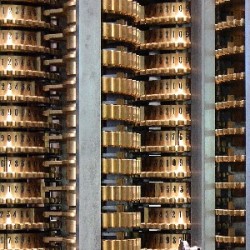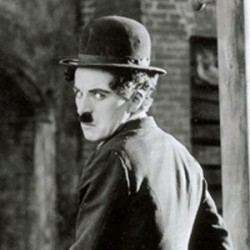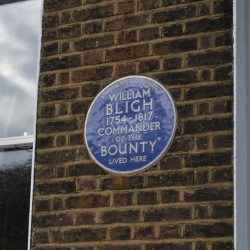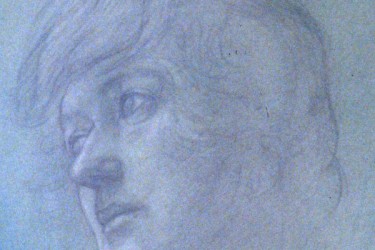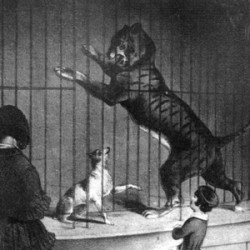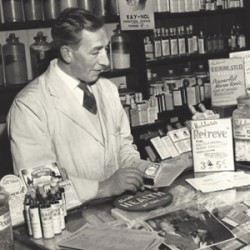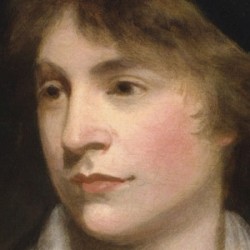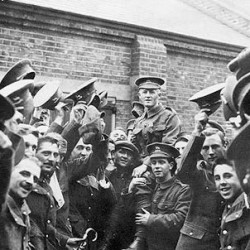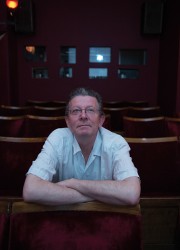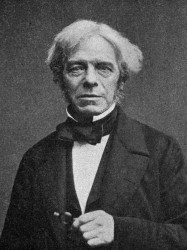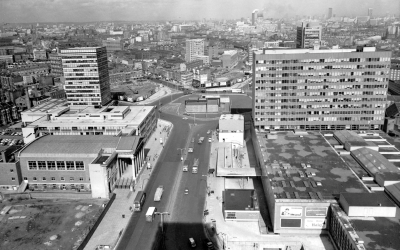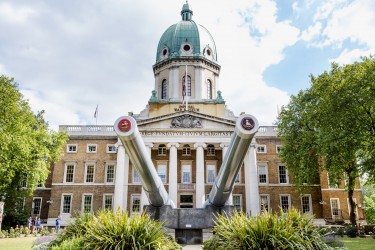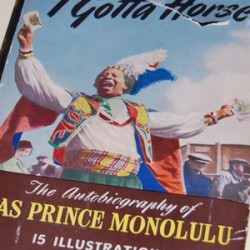“In the south suburbs, at the Elephant, is best to lodge.”
It’s often been said that this line – from one of Shakespeare’s best-loved comedies, Twelfth Night – refers to lodgings in Elephant and Castle.
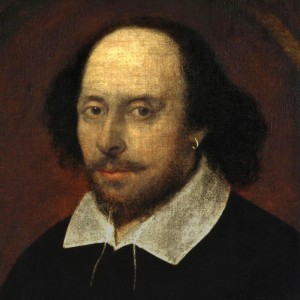
While the play itself isn’t set in London (or even Britain for that matter) it wasn’t unknown for Shakespeare to include a local reference for his London audience. These were intended either as a kind of in-joke or possibly as an early type of product-placement to supplement box office receipts.
In the Henry IV plays, for example, several taverns get a mention, including the Boar’s Head in Eastcheap and the Windmill in St George’s Fields (also in the vicinity of Elephant and Castle).
Indeed, were Twelfth Night being performed in Bankside (at the Globe, the Rose or the Swan) then, according to this theory, Shakespeare was directing his audience to a hostelry located less than a mile south of where they were sitting (or more likely – standing) at that very moment.
However, while Elephant and Castle does indeed, famously, take its name from an inn in the area, there is no hard evidence of an inn by this name until 1765 – more than 160 years after the play in question was written.
Shakespeare would certainly have known the northern part of Southwark well and it’s possible he was referring to another establishment much closer to the Bankside theatres (an inn on Horseshoe Lane has been suggested). Or perhaps he just chanced upon the name – after all, the first documented performance of the play (1602) wasn’t actually in Southwark at all, but at Middle Temple Hall, on the other side of the river.
In the south suburbs, at the Elephant, is best to lodge.
Although Shakespeare didn’t actually name-check the neighbourhood in one of his scripts, he would probably have been familiar with Elephant and Castle (or at least the village of Newington as it was then). His plays were performed in London from 1592 onwards and it’s likely that he was actually living in Southwark by 1599, the year his company erected the Globe in Bankside.
The Globe was one of a number of new, purpose-built, public theatres that were operating just beyond the boundaries of the City of London, at that time. It was constructed using timber recycled from an earlier playhouse, simply known as The Theatre, that had been built in Shoreditch in 1576. It’s thought that this original Shoreditch theatre (or possibly the Red Lion in Whitechapel) could have been the first of its kind. However, another contender for that title lies a little closer to home.
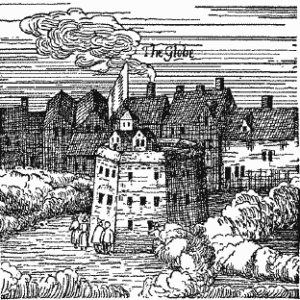
The Newington Butts theatre, in what we now call Elephant and Castle, could have been operating as early as 1575 and was certainly staging productions by the 1580s. Whether it was purpose-built isn’t clear, as the details of this oft-forgot piece of local history are hazy to say the least. Should any fragments of the theatre survive, it’s thought they probably lie somewhere near the junction between Walworth Road and Newington Butts – possibly beneath what was, until recently, the southern roundabout.
One reference to the theatre from 1592 states “by reason of the tediousnes of the waie…plaies have not there been used on working days” which suggests it could be a pain getting around Elephant and Castle even back then.
It was probably the awkward, suburban location (for the time) that eventually put the theatre out of business. But, thanks to documents kept by the theatrical impresario, Philip Henslowe, we know that, while it survived, it definitely staged at least two Shakespeare plays. The records show that both Titus Andronicus and The Taming of the Shrew were performed here in 1594.
Furthermore, as Shakespeare was also an actor for the Chamberlain’s Men, who put on a number of productions at the Newington playhouse, it’s quite possible that the man himself appeared on stage here too.
The Newington Butts theatre could have been operating as early as 1575
Although the theatre appears to have closed down by the end of 1594, the area’s Shakespeare connections endured a little longer. For Newington was also home (in later life) to Thomas Middleton, a first class playwright in his own right, and an associate of Shakespeare, who worked on several of his plays.
Best known today for his own writing, Middleton revised the text of both Macbeth and Measure for Measure and also collaborated with Shakespeare, helping to write Timon of Athens and possibly All’s Well that Ends Well.
Middleton died in 1627, outliving his fellow dramatist by 11 years. He’s buried in St Mary’s Churchyard, just a stone’s throw from the site of the Newington Butts theatre and now, of-course, home to the Castle Centre.
Elephant and Castle cemented its reputation for theatre and entertainment in the early twentieth century (when it became known as the Piccadilly of the South) and today it is still home to several music venues and both the Southwark Playhouse and the Blue Elephant Theatre.
You can read more about Shakespeare’s Newington Butts theatre in the 2017 book Shakespeare’s Lost Playhouse.

